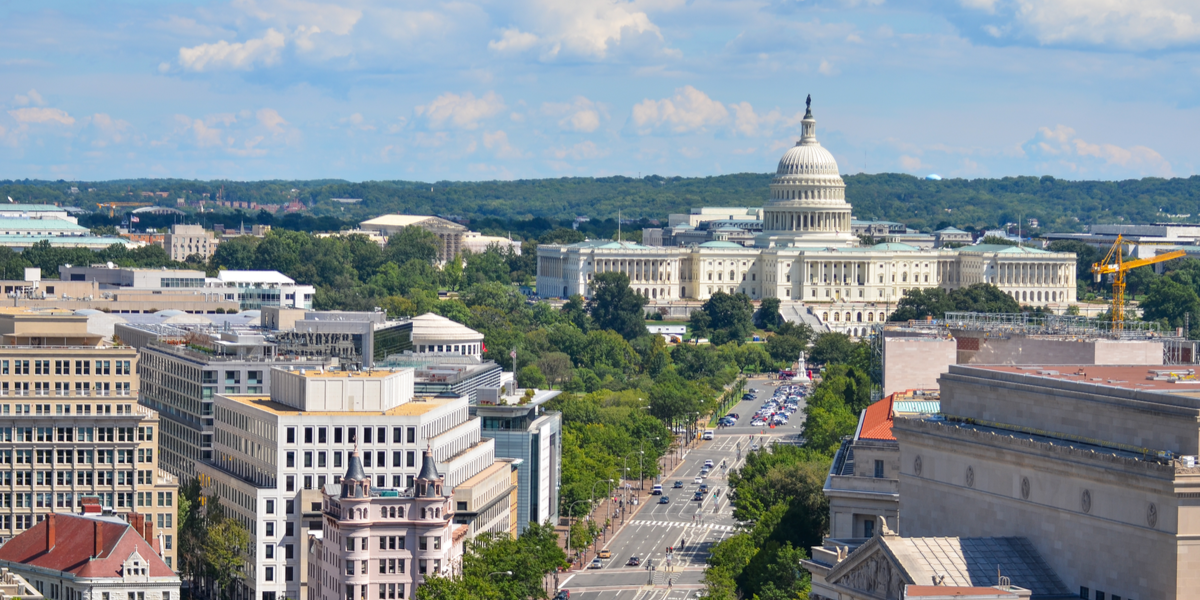Kids May or May Not Go to School in Fall. But We Need to Start Preparing for When They Do.
Let's Save Energy
Alliance to Save Energy's Blog

As the summer slides toward August, millions of parents are facing uncertain prospects about schools reopening and trying to figure out how to manage their work and family lives if virtual education is the only option.
For parents like me whose office job allows working from home and whose kids are reasonably independent at ages 10 and 12, it’s daunting enough to juggle work demands while keeping them on track with schoolwork (and off screens!). For other parents who are fast food workers, nurses, electricians, and police officers who can’t work from home, or parents of babies and toddlers who require constant attention, the challenges are far greater.
Schools and daycare centers are a lynchpin of a functioning workforce, and right now, we don’t know when these institutions will return to any degree of normal. And this doesn’t even begin to address the education and development losses that children face without traditional schools, and the equity issues that come alongside these challenges.
Our ability to overcome this problem is limited; the virus will have the final say. But we owe it to our children, teachers, and frontline workers to do everything we can to reopen schools when it’s safe – and to better prepare for any future outbreaks that may come. That’s one reason the Alliance and other energy efficiency advocates are calling on Congress to pass legislation that seizes on the opportunity and cost savings of improved energy efficiency to modernize mission critical public facilities like schools.
The need for modernization and safer schools shouldn’t be in dispute. Adding to numerous reports on the backlog of public infrastructure needs, the nonpartisan Government Accountability Office (GAO) recently reported that more than half the public school districts in the U.S. need to update or replace multiple building systems. Some 36,000 schools need to update or replace their HVAC systems and 30,000 need to upgrade their interior lighting.
“Across the nation, I’m really concerned about K-through-12 schools and universities not being prepared for the fall, when students and staff and teachers come back,” Richard Corsi, an air-quality expert and dean of the Maseeh College of Engineering and Computer Science at Portland State University, told The Washington Post.
Harvard University’s T.H. Chan School of Public Health recently released a paper outlining the steps needed to reopen schools. But many of the recommendations require additional resources that most public school systems don’t have. How do we make sure school districts have the resources they need to safely reopen?
Our proposal is to mount an aggressive federal campaign to start these projects now along with similar upgrades to hospitals, community centers, and other public facilities that help communities get through crises. By appropriating $20 billion for public facility retrofits and tapping into energy efficiency, Congress can attract another $80 billion in private financing for a total of $100 billion in economic activity.
The private investment can be used to overhaul lighting, heating, ventilation, air conditioning and other components to make the facilities more energy efficient. These efficiency improvements pay for themselves over time through energy and operational savings using performance contracts or energy services agreements. The public money would be used to make facilities safer by strengthening outside air ventilation, improving air filtration and installing air and water treatment systems. Done in coordination, the costs of the projects decline significantly.
Of course, we have immediate needs to address in responding to the COVID-19 pandemic, including ensuring that millions of newly unemployed Americans can pay for food and rent and that the health care system has the resources needed to contain the virus. But as children start the new school year, Congress and the White House also need to look systematically at what is holding us back from long-term recovery, and do what’s needed to remove those obstacles now. Providing funds for safe schools and other public facilities, with the corresponding health, education, and economic benefits, should be at the top of that list.
RECENT BLOG POSTS
STAY EMPOWERED
Help the Alliance advocate for policies to use energy more efficiently – supporting job creation, reduced emissions, and lower costs. Contact your member of Congress.
Energy efficiency is smart, nonpartisan, and practical. So are we. Our strength comes from an unparalleled group of Alliance Associates working collaboratively under the Alliance umbrella to pave the way for energy efficiency gains.
The power of efficiency is in your hands. Supporting the Alliance means supporting a vision for using energy more productively to achieve economic growth, a cleaner environment, and greater energy security, affordability, and reliability.



